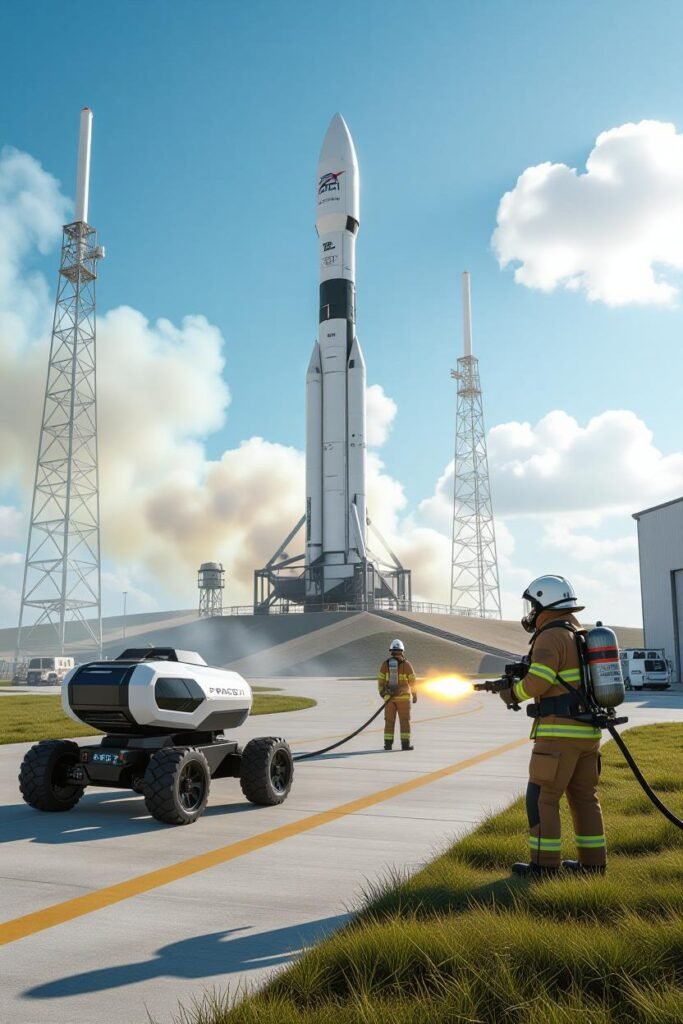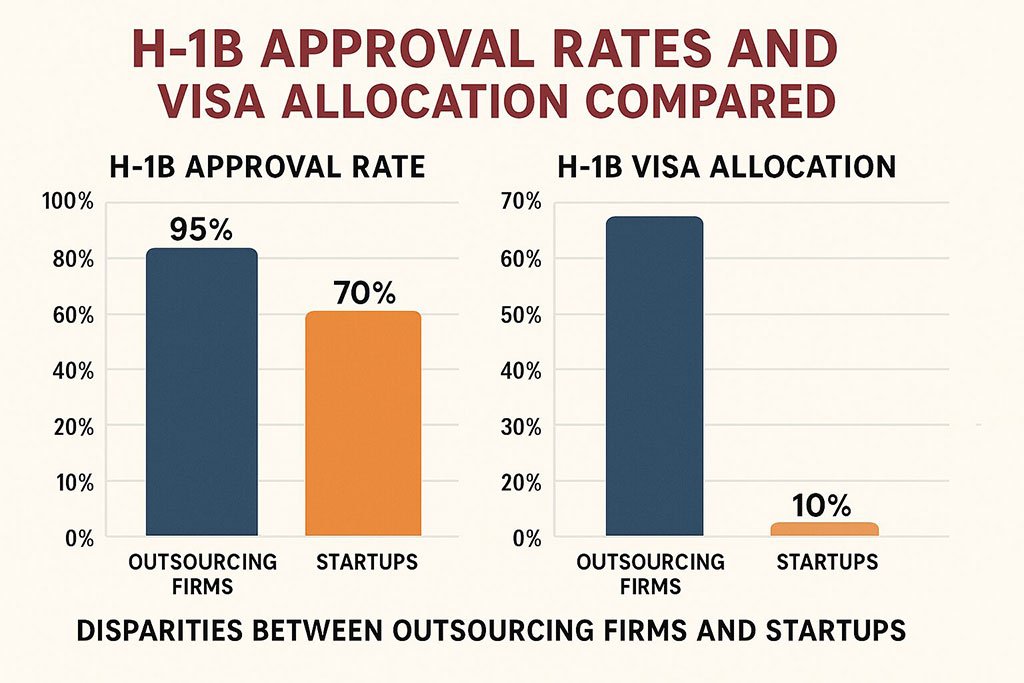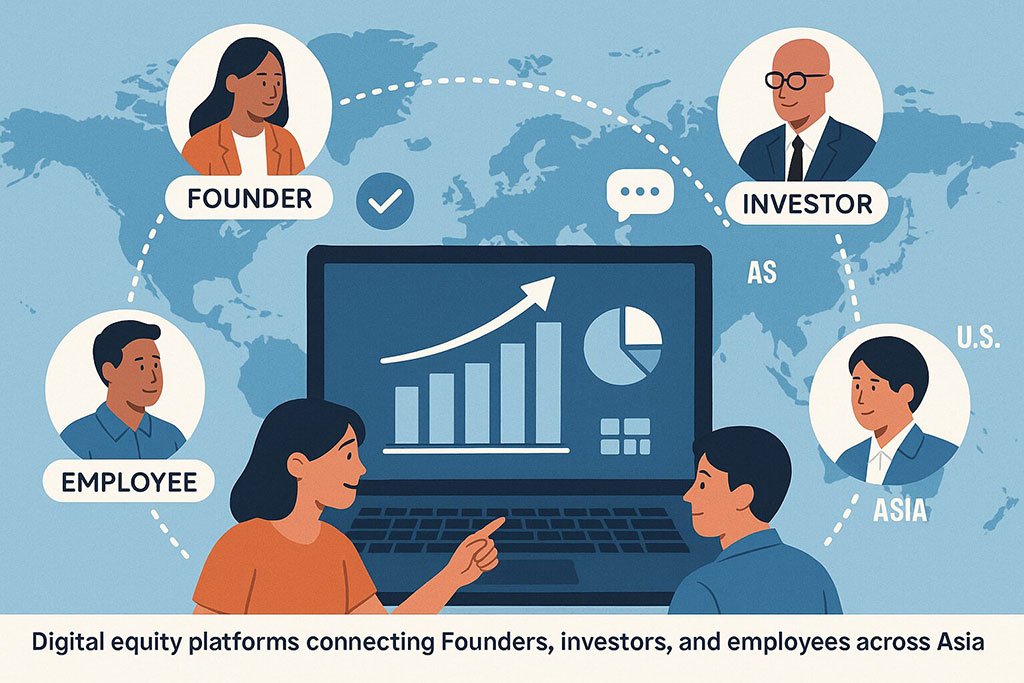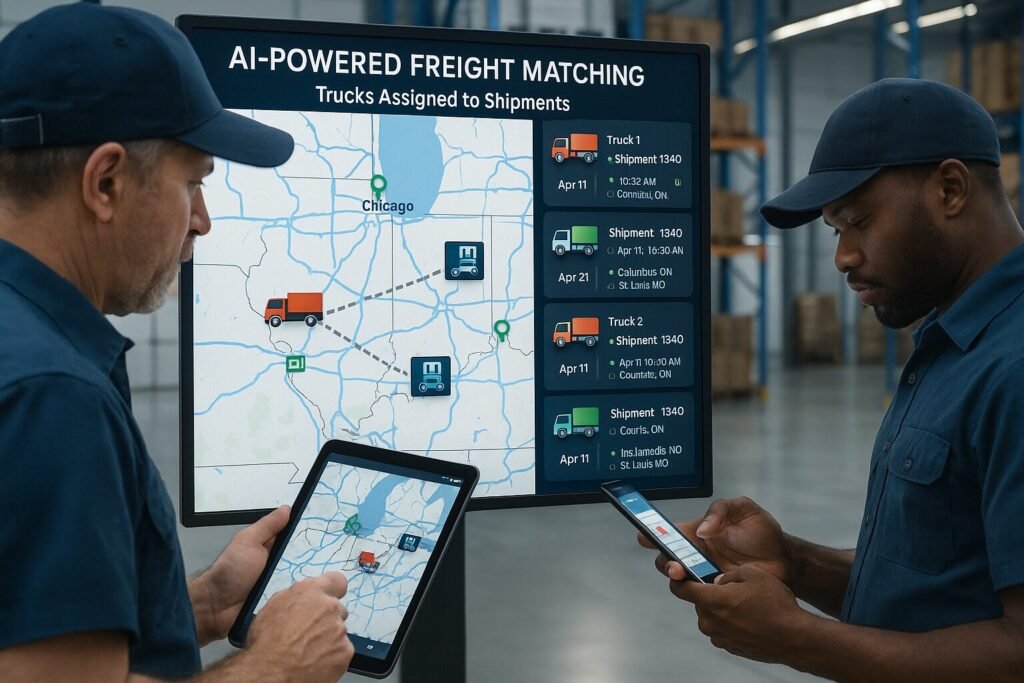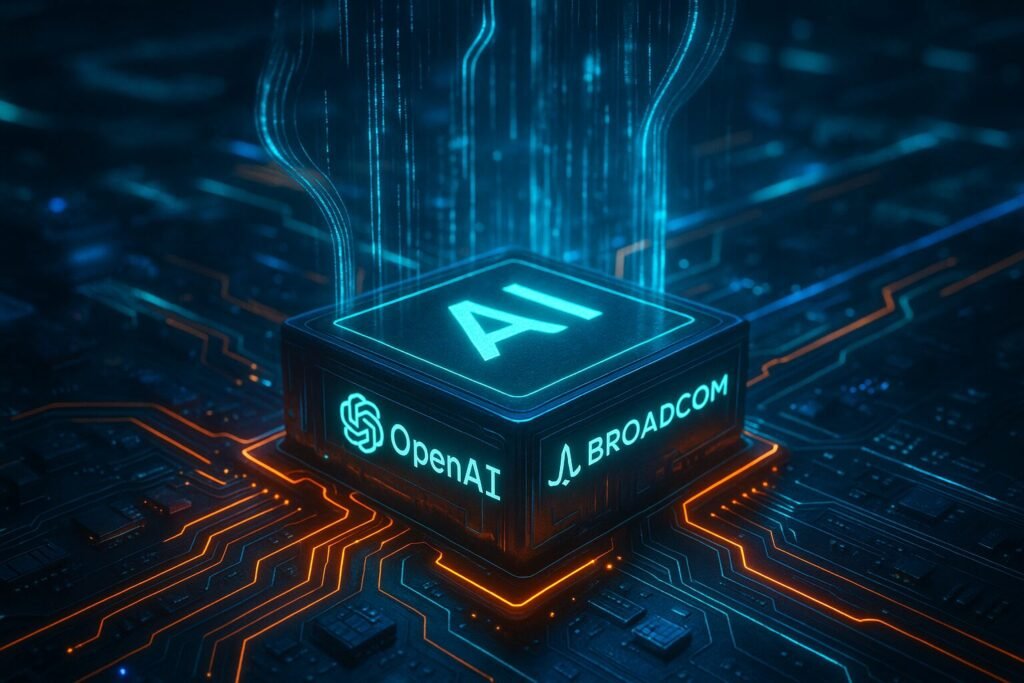Now Reading: How Billion-Dollar Infrastructure Investments Are Fueling the AI Boom
-
01
How Billion-Dollar Infrastructure Investments Are Fueling the AI Boom
How Billion-Dollar Infrastructure Investments Are Fueling the AI Boom

The artificial intelligence revolution is no longer just a technological curiosity—it is a global economic force reshaping industries from finance to healthcare. Behind this rapid transformation lies a less-visible but critical driver: billion-dollar infrastructure investments. These massive capital deployments—spanning data centers, cloud computing, AI accelerators, and network expansions—are the backbone powering AI’s explosive growth.
This article explores how these investments are shaping the AI landscape, the strategic opportunities they create for businesses, and what it means for investors, startups, and governments worldwide. Readers will gain insights into the economics, trends, and actionable strategies that accompany the infrastructure underpinning the AI boom.
Infrastructure Investments
AI’s expansion is only as strong as the infrastructure that supports it. From high-performance computing clusters to specialized AI chips, investment in physical and digital infrastructure is skyrocketing.
Key Areas Attracting Capital
-
Data Centers: Companies like Microsoft, Google, and AWS are building hyperscale centers capable of handling AI workloads.
-
AI-Specific Hardware: GPUs, TPUs, and neuromorphic chips are being mass-produced to support advanced AI models.
-
Cloud & Edge Networks: Investments in cloud connectivity and edge computing reduce latency and increase global accessibility.
-
Sustainable Infrastructure: Green energy-powered data centers are attracting billions in funding, aligning AI growth with ESG priorities.
NVIDIA’s recent expansion of AI-optimized data centers demonstrates how infrastructure spending directly accelerates AI model training and deployment.
Global Trends Driving AI Infrastructure Investment
Market Demand
-
Global AI adoption is projected to surpass $500 billion by 2030.
-
Businesses are increasingly reliant on AI for predictive analytics, automation, and customer experience optimization.
Regional Insights
-
North America: Leading in AI R&D and enterprise adoption, with significant venture capital funding.
-
Asia-Pacific: Rapid adoption in manufacturing and fintech; government-led infrastructure projects accelerate growth.
-
Europe: Focus on regulation-compliant AI and sustainable infrastructure.
Businesses entering these markets should align infrastructure strategies with regional growth patterns and regulatory environments.
Infrastructure-Driven AI Success
Tech Giants Leading the Way
-
Google Cloud: Its multi-billion-dollar data center expansion enables large-scale AI model training for enterprises globally.
-
Microsoft Azure: Investments in AI supercomputing infrastructure accelerate research in healthcare, energy, and industrial automation.
Startup Ecosystem Benefits
Startups leveraging high-quality infrastructure can scale AI models faster without owning costly hardware. For example, AI-powered SaaS platforms in Europe are using cloud supercomputing to reduce training times by up to 50%.
Pros and Cons of Heavy AI Infrastructure Investments
Advantages
-
Accelerated AI Development: Faster model training and deployment.
-
Scalability: Infrastructure enables companies to grow AI offerings globally.
-
Competitive Edge: Access to cutting-edge hardware and optimized networks differentiates market leaders.
Challenges
-
High Costs: Initial investments can run into billions, limiting access for smaller players.
-
Environmental Impact: Large-scale data centers consume massive energy unless green initiatives are implemented.
-
Talent Bottlenecks: Skilled engineers and AI specialists remain in short supply globally.
Strategic partnerships and cloud-based solutions can mitigate cost and resource constraints for smaller companies.
Strategic Takeaways for Businesses and Investors
-
Invest in AI-Ready Infrastructure Early: Companies that secure access to robust infrastructure gain a first-mover advantage.
-
Leverage Partnerships: Collaborating with cloud providers or infrastructure firms can reduce capital expenditure while maintaining performance.
-
Prioritize Sustainability: Energy-efficient and eco-friendly infrastructure investments are increasingly attractive to investors and regulators.
-
Monitor Global Trends: Regions with government support for AI infrastructure may offer long-term competitive advantages.
According to McKinsey, companies with proactive infrastructure strategies see 20–30% faster AI adoption and higher ROI on AI projects.
Future Outlook: Billion-Dollar Investments and AI’s Next Frontier
The coming years will see even larger infrastructure commitments, including edge AI networks, quantum computing research, and global AI supercomputing hubs. These developments will:
-
Enable AI to handle more complex tasks in real-time.
-
Drive industry-specific AI applications, from autonomous vehicles to precision medicine.
-
Create new investment opportunities in hardware, software, and services.
The AI boom is not just about algorithms—it’s about the physical and digital foundations that allow AI to scale efficiently and sustainably.
Stay ahead in the AI revolution. Subscribe to our newsletter for insights, case studies, and global trends shaping AI infrastructure and market growth.
Billion-dollar infrastructure investments are the unsung heroes of AI’s explosive expansion. From hyperscale data centers to cutting-edge AI hardware, these capital commitments allow AI to scale faster, smarter, and globally.
For investors, startups, and enterprises, understanding these investments is crucial. Companies that align strategy with infrastructure access gain first-mover advantages, scalability, and sustainable growth potential. As the AI boom accelerates, the interplay between technology, capital, and global infrastructure will define the winners of this era.
FAQs
-
Why are infrastructure investments critical for AI?
AI requires massive computational power, data storage, and low-latency networks, all enabled by infrastructure. -
Which areas receive the most investment?
Data centers, AI-specific hardware (GPUs/TPUs), cloud networks, and sustainable energy infrastructure. -
How do these investments impact startups?
Startups gain access to scalable AI capabilities without owning expensive hardware. -
What regions are leading in AI infrastructure?
North America, Asia-Pacific, and parts of Europe are investing heavily. -
Are there environmental concerns?
Yes, large-scale data centers consume significant energy, though green initiatives are increasingly adopted. -
Can smaller businesses compete?
Partnering with cloud providers or infrastructure-as-a-service firms levels the playing field. -
What is the role of government in AI infrastructure?
Governments provide funding, tax incentives, and regulatory frameworks to accelerate AI adoption. -
How does infrastructure affect AI model performance?
Faster, larger, and optimized infrastructure enables quicker model training and deployment. -
What are future trends in AI infrastructure?
Edge computing, quantum AI, and sustainable AI data centers. -
Why should investors care?
Companies with strong infrastructure-backed AI strategies often achieve higher ROI and faster market adoption.
Disclaimer:
All logos, trademarks, and brand names referenced herein remain the property of their respective owners. Content is provided for editorial and informational purposes only. Any AI-generated images or visualizations are illustrative and do not represent official assets or associated brands. Readers should verify details with official sources before making business or investment decisions.

